In every industry, businesses are wielding the power of data analytics to stay ahead of the competition. Today, systems are swamped with data from various sources; there is a digital footprint present for every individual. Telecom operators are literally goldmines of data. These days, mobile users can access different applications via social media accounts which, when combined with data from mobile phone operators, can open a doorway to customer’s behavior and preferences.
A leading telecom operator in South Asia decided to use its customer base to provide Data as a Service to other businesses. Businesses wanted to tag customers on the basis of behavior; that is, what customers preferred or what their interests are. Possible examples of behavior tagging are: food lovers, shopping fans, sports followers, travelers, and so on. One user can be tagged in multiple categories. Another criterion for tagging was financial status which is used to understand a customer’s socio-economic status. This gives an insight into the lifestyle a customer is leading which is vital in presenting an offer to a customer.
Customer demographics available in the system are age, gender, mobile phone used, and subscriber’s location. Telecom companies run campaigns for different clients; the audience must be selected based on the type of business their client is running and identification of their target market. Some examples are:
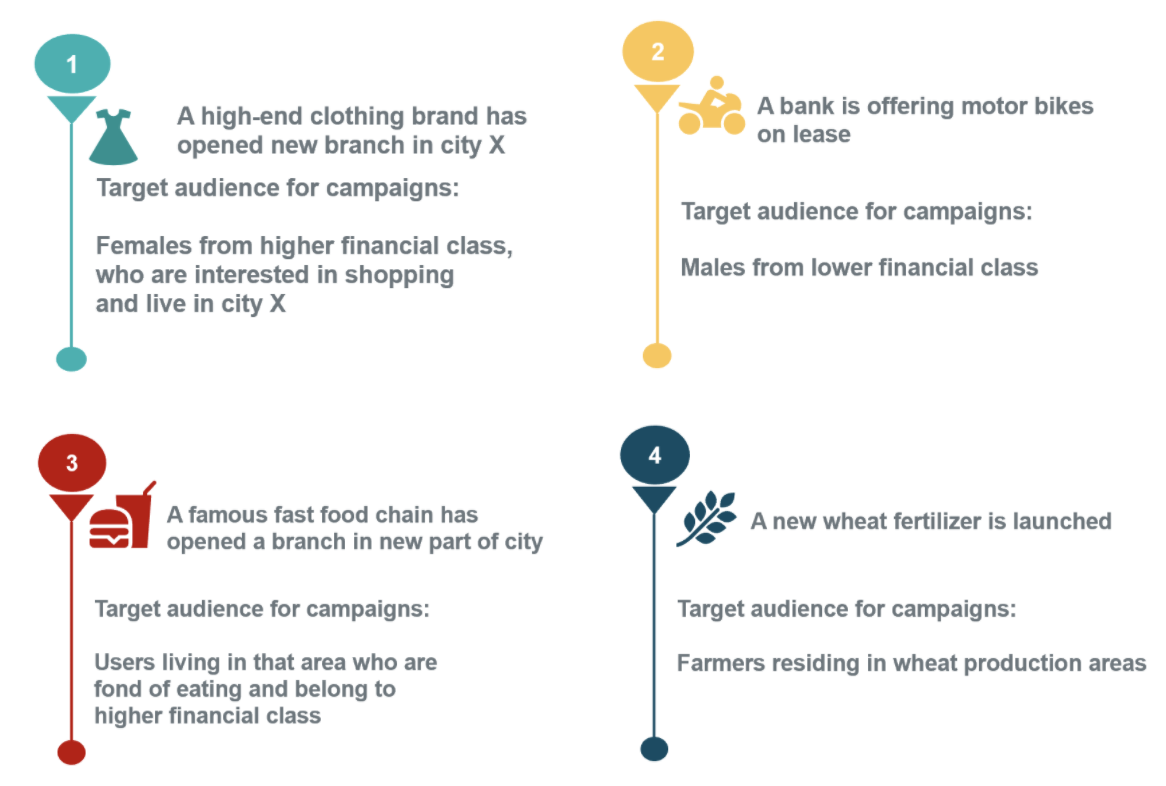
Behavior-Tagging
This type of tagging is done based on a user’s activities like web browsing, calling history, service subscriber, travel history and frequency of application usage. Implementing behavior tagging strategies can also serve businesses beyond sales. It can help your customer service team identify key customer actions and help to resolve user issues early.
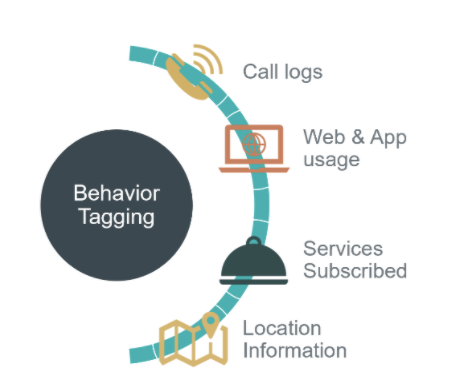
Financial-Tagging
Initially, subscribers were classified into five revenue bands based on the amount of money spent on mobile bills / recharging. Subscribers were also divided into five socio-economic classes (SEC) based on revenue band, handset category, residential area, and age, with category “A” being the top class in SEC, and so on.
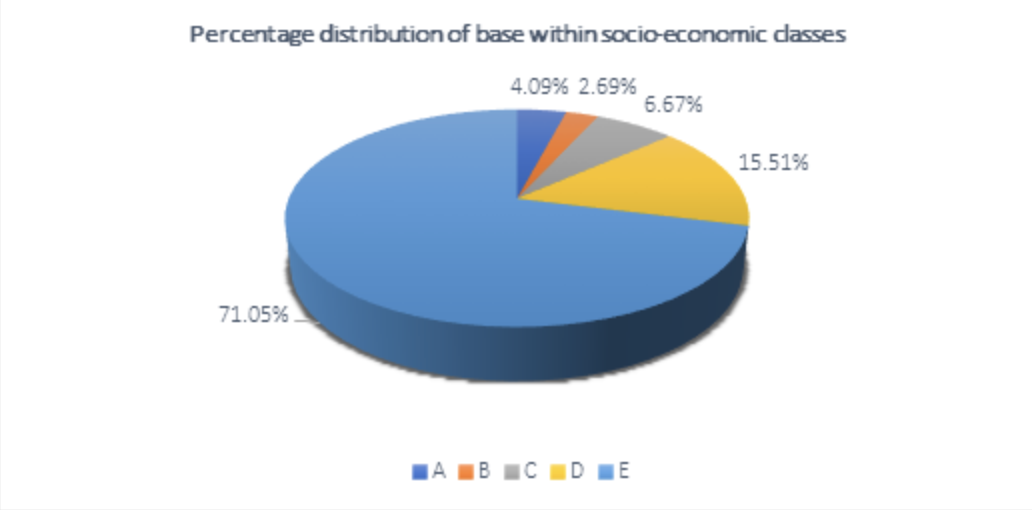
For most campaigns, businesses are looking for users who are willing to spend money. In this case, the business was facing a challenge in terms of picking subscribers from the higher socio-economic classes. As we can see in the above pie chart, that distribution is skewed toward the lower socio-economic classes.
Just considering mobile phone revenue alone isn’t a good indicator to gauge a person’s lifestyle. So, each revenue band was analyzed for certain other lifestyle indicators. The analysis also involved understanding a subscriber’s movement patterns which was handled gracefully by the flexibility provided by Teradata geospatial datatypes and their functions.
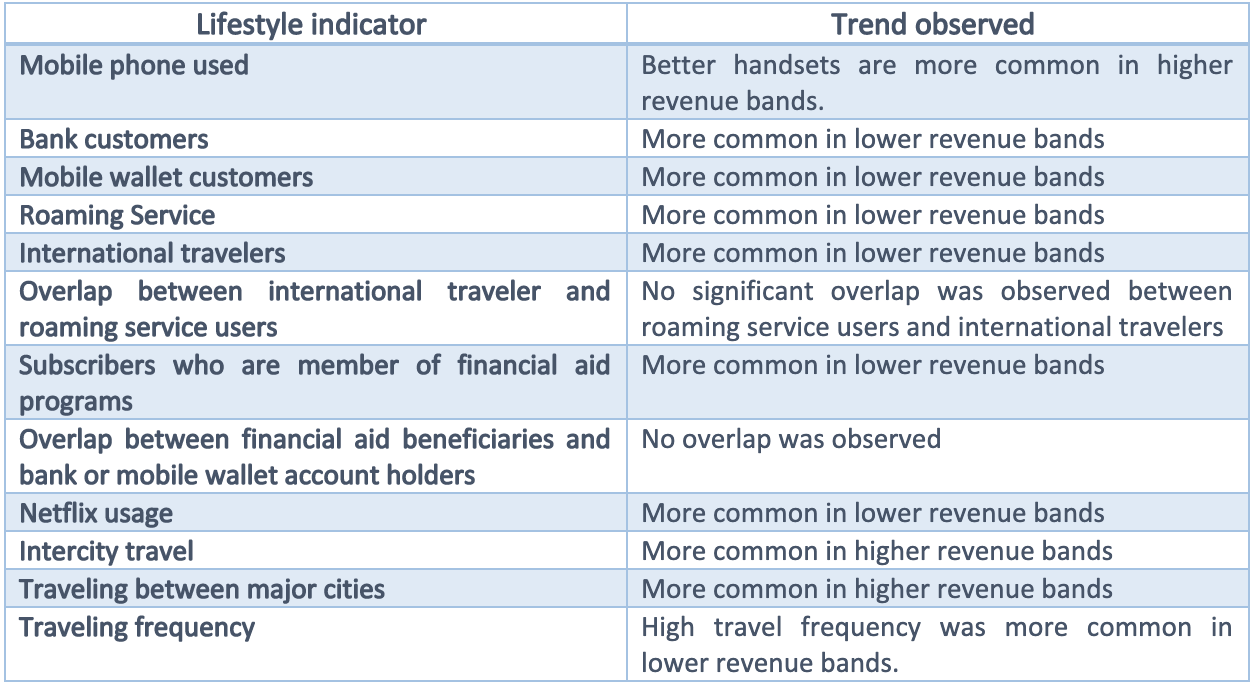
Based on the trends observed in analysis and lifestyle indicators, tagging rules were created for each SEC. For example, users with high-end handsets or roaming services are tagged in higher SEC bands, regardless of revenue generated.
The subscriber distribution among the various SECs significantly improved after tagging with the new rules, as compared to the initial tagging in Figure-1.
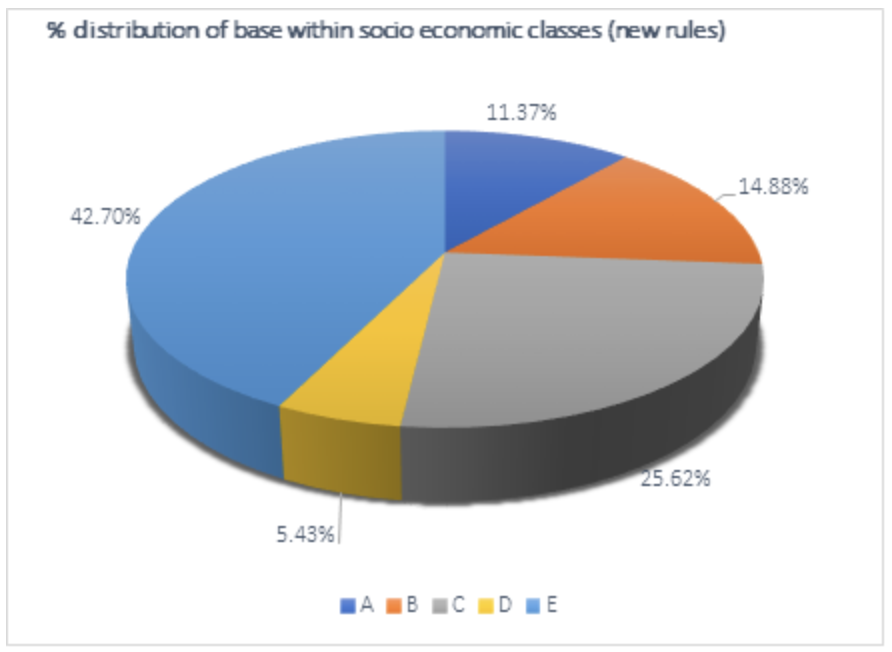 As a sanity check, the distribution of users tagged as investors were compared by new rules and old rules. The expectation was that most of the investors would be tagged in higher financial classes:
As a sanity check, the distribution of users tagged as investors were compared by new rules and old rules. The expectation was that most of the investors would be tagged in higher financial classes:

As per the old rules, just because an investor wasn’t spending much on their mobile phone bill they were being tagged in the lower SECs. With new tagging, only 7.42% of investors were tagged in the lower social-economic classes.
This engagement improved distribution of customers among all socio-economic classes as it helped in identifying customer behavior such as going on an international trip or watching Netflix. The take-away is that businesses can have more extensive and targeted campaigns and service / product offerings based on more accurate subscriber tagging from better and more comprehensive data analytics.
.jpg?origin=fd&width=100)